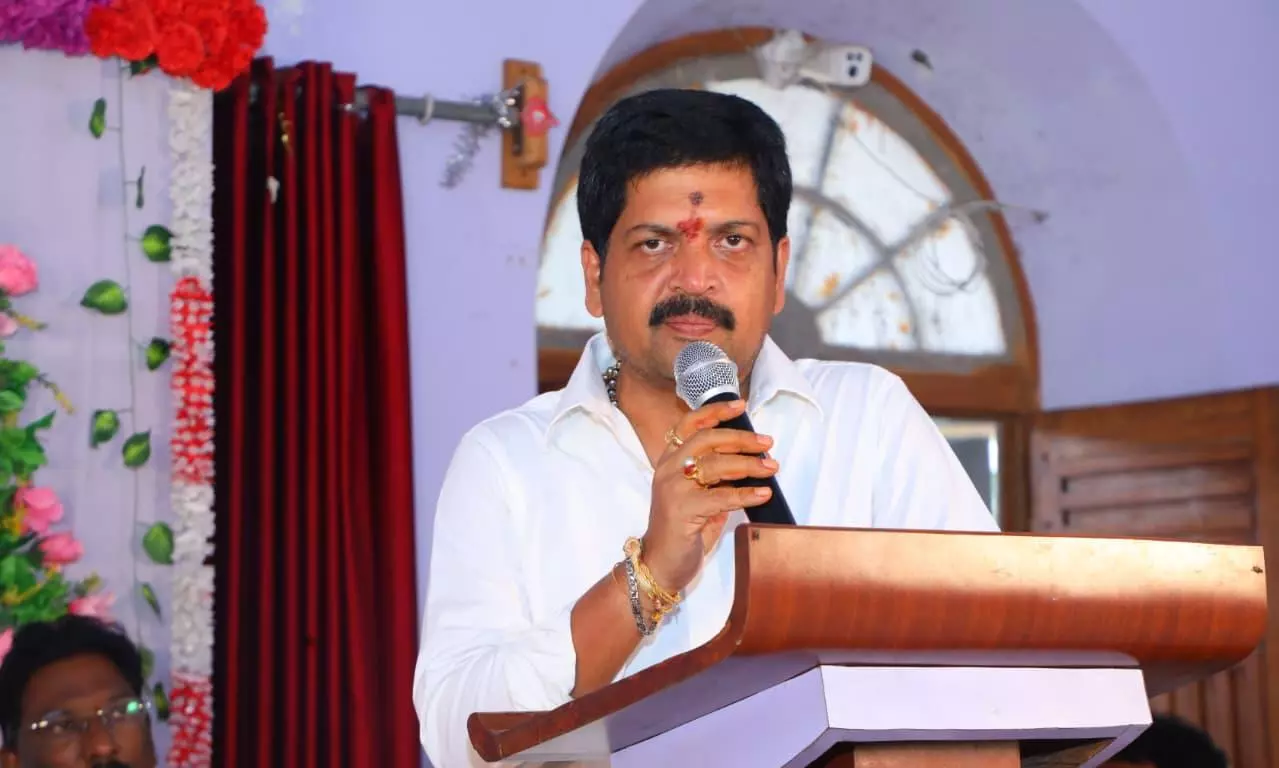
Aging is inevitable, but it hasn’t always looked the same throughout the long history of humankind. That’s one of the core premises behind Michael Gurven’s just-released new book, Seven Decades: How We Evolved to Live Longer.
Gurven is an anthropologist at the University of California, Santa Barbara, who has spent much of his career studying and living alongside communities like the Tsimané of South America, indigenous groups who largely subsist off a combination of farming small crops, hunting, and gathering. Though these people have increasingly started to come into contact with the modern world, they still provide a glimpse into humanity’s past prior to widespread industrialization.
Building off his and others’ work with today’s subsistence communities, Gurven makes the compelling case that while the typical lifespan of the average person today has greatly expanded and our health has generally improved, there’s nothing particularly new about human longevity itself. Older people have always existed, even in past eras when survival was much more perilous than it is today. Moreover, he adds, there’s plenty we can learn about how best to grow older in our modern times by studying how our ancestors did it so many eons ago.
Gizmodo spoke to Gurven about his decision to not address longevity drugs, the most common misconceptions about aging, and how groups like the Tsimané might better help us better appreciate our elders. The following conversation has been lightly edited for grammar and clarity.
Ed face, gizmodo: I think many people who pick up a book about aging would expect to read about the breakthroughs around the corner that will supposedly and significantly prolong our lives. What made you want to focus more on the evolution of human aging?
Michael Gurven: Thanks for asking that, because I always worry that the first question I’m gonna get is exactly that: “What are the secrets? What are the hidden gems?”
Everything’s about the potential of where we can end up—the power of regenerative medicine and technology. But I wanted to actually kind of look back in order to look forward. One of the premises of the book is that longevity is not something that is so incredibly recent, but that it’s built into our DNA. It’s built into our biology. We’ve already accomplished the potential for longevity.
And because of that, I see a different type of optimism. There’s this scare over the silver tsunami and everything that goes along with the global population aging. I wanted to point out that this is not a new type of problem. It’s not that there were never old people and now all of a sudden there are tons of old people. So I wanted to give a history of understanding that we have already lived with older people as part of our population.
And I wanted to argue that rather than longevity being a consequence of our success as a species, the causal arrows may actually be in the opposite direction. That we’ve been a very successful species because of our potential for longevity.
We’ve solved problems before, and we can solve this one moving forward, but it’s not going to be a problem that’s going to be solved just with new technology and improvements in molecular medicine. There are lessons to be learned here by appreciating our natural history.
Gizmodo: Your book covers many different aspects and attitudes about how people today age now compared to the past. What would you say are some of the biggest misconceptions about human longevity and aging?
Gurven: The biggest one is just a misunderstanding of what life expectancy is in general.
When people say that life expectancy was much shorter in the past and maybe even as low as the 30s, that doesn’t mean everyone lived to age 30 and then died. Even with shorter life expectancies, you can have people who are much longer-lived than that, because it’s an average. And because we used to have lots of deaths early in life, that basically lowers that average.
Gizmodo: Conversely, are there ways that people can romanticize the past and how we lived and died back prior to industrialization?
Gurven: Everyone looks to hunter-gatherers, and they see what they want to see. Either they see the hellish landscape of “all against all” and how life was really awful, or some people see a very romantic scenario, where everyone was vegetarian and hugging trees and in tune with nature, that kind of thing.
So actually paying attention to how hunter-gatherers live is an important kind of lesson that I’m trying to convey, with firsthand experience having worked and lived with these kinds of groups. Which of those myths are somewhat off base, and which ones might actually be true?
Gizmodo: Getting to that, what are some of the things that we’ve learned from studying longevity and elder members in communities like the Tsimané?
Gurven: One thing, which maybe goes along with the thinking that no one really lived that long, is just the idea that so many diseases of aging we take for granted are just going to befall us no matter what, because it’s hard to think of aging without thinking about heart disease and dementia and those kinds of things. But the very fact is that in these fairly high mortality populations [like the Tsimané]you don’t see those kinds of diseases, and it’s not because no one is living to those ages when those diseases typically manifest. Even when we follow people from age 40 onwards, we can see that people are not developing heart disease, Alzheimer’s disease, or diabetes.
So that’s like a really important kind of lesson because that tells us there’s so much to learn about these diseases, which are our major sources of mortality in the industrialized world.
We already know that if you don’t smoke, are physically active, maintain a reasonable weight, and eat well, you can live a healthier life. But when you can see that at a whole population level, where almost an entire population can live without heart disease, diabetes, and Alzheimer’s, that’s pretty amazing. And so it does demonstrate that these big risk factors—the smoking, physical inactivity, excess weight, etcetera—account for the vast majority of deaths from noncommunicable diseases, which is over half the deaths, basically, that we experience today; it demonstrates that those deaths are actually preventable with things that whole populations are already doing.
I also think there are just broader lessons about what older people are doing and their expectations. There’s no formal retirement at age 65 or at any age in hunter-gatherers. There’s no expectation that you now have a life of leisure; you know, pick your cruise. And so, I certainly like the idea that, with this kind of growth mindset, learning is a lifelong process, right? And aging is not just the reverse of growth. It’s not just decline; there’s continued growth.
It doesn’t mean that everyone just keeps doing the exact same thing until they die. In fact, there are great shifts in what men and women tend to do in these societies. But the important point, kind of zooming out, is that they stay relevant, they stay engaged, and they stay involved.
Gizmodo: What do you hope people most take away from this book—those reaching their elder years as well as those who have grandparents or other older people in their lives?
Gurven: I hope to inspire, kind of a new type of optimism. Not an optimism that’s just based on maximizing our lives, our longevity, or even our health span. I mean, those things are critical, and I’m glad that there are other books and other people working on that. But what I’m trying to get is people thinking at a deeper level about where we’re at now and where we’re headed in the next couple decades.
There are no medical solutions that are going to make 85-year-olds biologically like 35-year-olds, right? And so realistically, in the next couple decades, I’m hoping that people get newly inspired about how to rethink elderhood and respectfully think about our older adults as elders, realizing that we have something to learn from them, that there’s a place for them, and that it’s not just a service to those elders, but that we all benefit from having them in our lives.
Part of the looking back in this book is to show all the different ways that we’ve already done this throughout our evolutionary history.
Seven Decades: How We Evolved to Live Longer is being published by Princeton University Press and is available online or in hardcover.















































